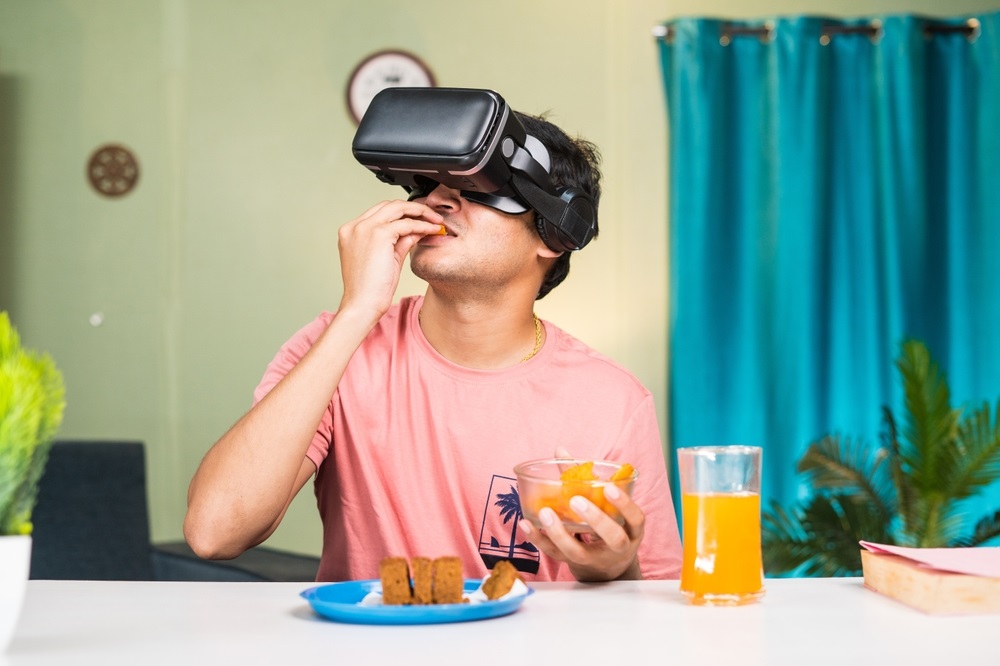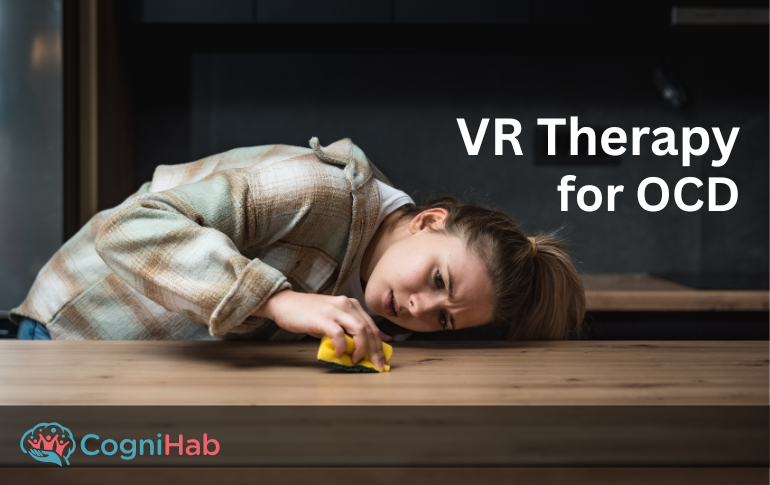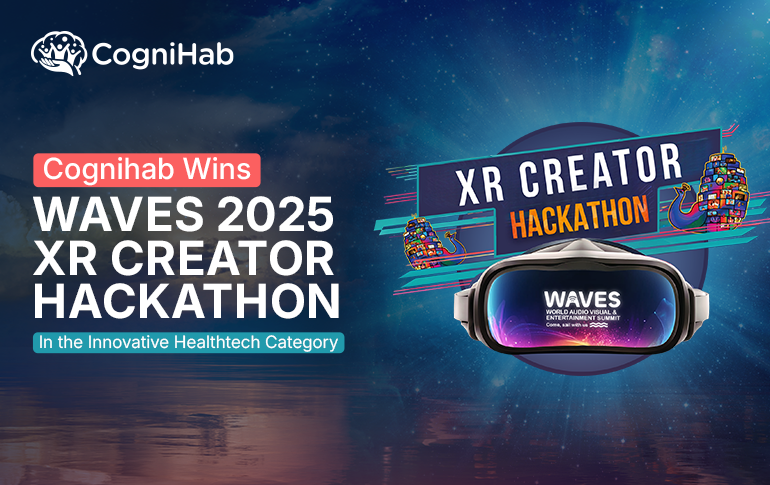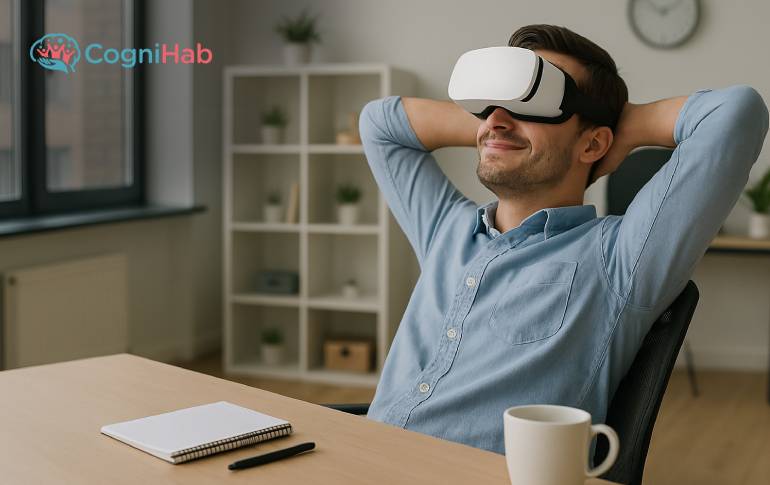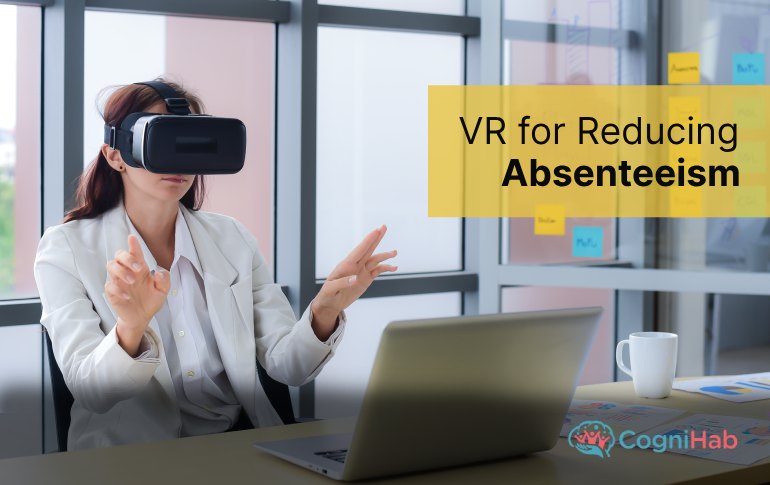How VR is Transforming Eating Disorder Treatment
Imagine being able to safely confront and overcome your fears surrounding food, body image, and control in a virtual environment. Sounds like something out of science fiction?
Well, with the rise of Virtual Reality (VR) technology, it is now possible for patients struggling with eating disorders to access immersive treatment that was once limited by logistical or financial constraints.
In this blog post, we explore how VR therapy is revolutionizing traditional eating disorder treatment modalities and providing hope for those who are looking to take back control of their lives.
Introduction to Virtual Reality (VR) and Eating Disorders
VR is a type of technology that allows people to immerse themselves in a computer-generated environment. Virtual reality has been employed in a variety of contexts, including education, entertainment, and healthcare.
Eating disorders are distinguished by abnormal eating patterns, which can have major health repercussions. VR has been demonstrated to be a successful treatment for eating disorders because it may teach users proper eating habits and help them cope with their disorder in a safe and controlled setting.
VR provides patients with a realistic experience that can help them understand and change their unhealthy behaviors. For example, VR can be used to simulate triggers that may cause an eating disorder relapse, such as being in a social situation or seeing high-calorie foods.
By experiencing these triggers in a safe and controlled environment, patients can learn how to manage their reactions and avoid relapse.
VR is a new technology that has enormous potential for treating eating disorders. If you or someone you know is suffering from an eating disorder, consult your doctor to see if VR therapy is suited for you.
How is VR Being Used To Treat Eating Disorders?
Virtual reality rehabilitation is being used to transform eating disorder treatment in a variety of ways. One major way is by helping patients confront their fears and triggers in a safe and controlled environment.
This can be accomplished through virtual reality exposure treatment, which allows patients to work through their challenges step by step at their own pace.
Other uses of VR in eating disorder treatment include providing a distraction from urges and helping patients practice healthy coping mechanisms. For example, VR can be used to transport patients to a peaceful beach setting where they can relax and de-stress.
Or, it can be used to create an interactive grocery store experience where patients have to make healthy choices.
There is growing evidence that VR is an effective tool for treating eating disorders. A recent study found thatVR exposure therapy was helpful in reducing symptoms of anorexia nervosa.
And as VR technology becomes more advanced and accessible, it’s likely that even more eating disorder treatments will be developed.
Benefits of Using VR For Eating Disorder Treatments
There are a number of benefits to using VR for eating disorder treatments. First, VR allows patients to revisit triggering environments in a safe and controlled setting. This exposure can help patients to overcome their fears and anxieties associated with these environments.
Additionally, VR can be used to teach patients new skills, such as how to cope with triggers and how to make healthy food choices.
VR provides a realistic and immersive experience that can help patients to retain this information more effectively than traditional methods. VR can be used to assess a patient's progress over time and adjust the treatment plan accordingly.
This feedback loop can help to ensure that patients are progressing in their treatment and making positive changes.
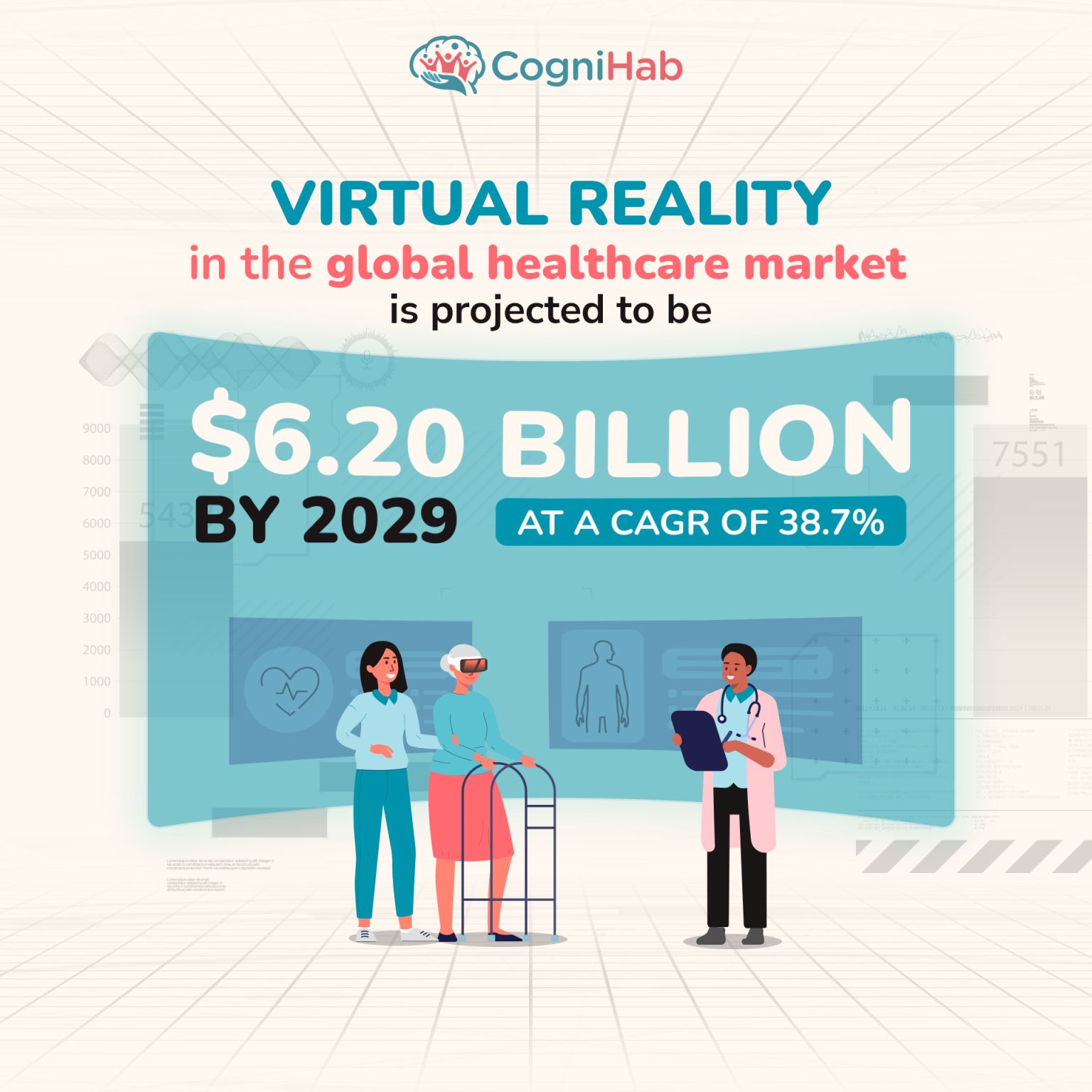
"Discover how our innovative VR therapies can support treatment for eating disorders. Get in touch with us today."
Contact us
Examples of Different Types of VR Programs for Eating Disorders
Virtual reality (VR) is a technology that is being utilized to aid people with eating problems in a variety of ways.
The following are some examples of several sorts of VR programs being created for this purpose:
1. Virtual Kitchens:
This type of program puts the user in a virtual kitchen environment where they can practice making healthy meals and portion sizes.
2. Virtual Reality Exposure Therapy:
This type of program exposes the user to triggers related to their eating disorder in a controlled environment. VRET can help them to overcome their fear and anxiety around these triggers.
3. Relaxation and Mindfulness Training
Anxiety reductions program teaches the user relaxation and mindfulness techniques that can help them to cope with difficult emotions and thoughts.
4. Social Skills Training
This type of program helps the user to practice social skills such as conversation, assertiveness, and dealing with conflict. This can be helpful in situations where the eating disorder has caused them to withdraw from social interactions. VR therapy for social anxiety also plays a vital role in social skill training.
What Does the Future Hold for VR in Eating Disorder Treatment?
It is estimated that 70 million people worldwide suffer from some form of an eating disorder. Eating disorders have the highest mortality rate of any mental illness, and yet they are often seen as taboo and hard to discuss. That’s why many people suffering from eating disorders turn to technology for help.
Virtual reality in healthcare is a rapidly expanding field of technology that has been proven to be useful in treating a wide range of diseases, including anxiety, PTSD, and pain management. VR allows users to confront their fears in a safe environment and provides a distraction from negative thoughts or behaviours.
A number of studies have already shown the potential of VR in treating eating disorders. One study showed that VR can be used to help patients with anorexia recover by increasing their ability to cope with hunger cues.
Another study found that VR was effective in reducing both body dissatisfaction and the urge to binge eat in participants with bulimia nervosa.
The future looks bright for VR in the treatment of eating disorders. As technology advances, it is probable that we will see even more creative ways for VR to benefit those suffering from these devastating conditions.
Conclusion
Virtual reality is proving to be a valuable treatment tool for eating disorders. This technology enables us to create immersive, rich experiences for persons suffering from eating disorders, allowing them to explore different responses and learn how to manage them in a secure atmosphere.
Whether used as a preventative measure or part of ongoing therapy, VR has become a powerful asset for therapists who specialize in treating these life-threatening conditions.


